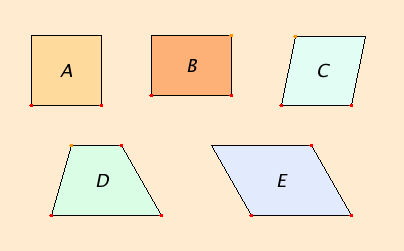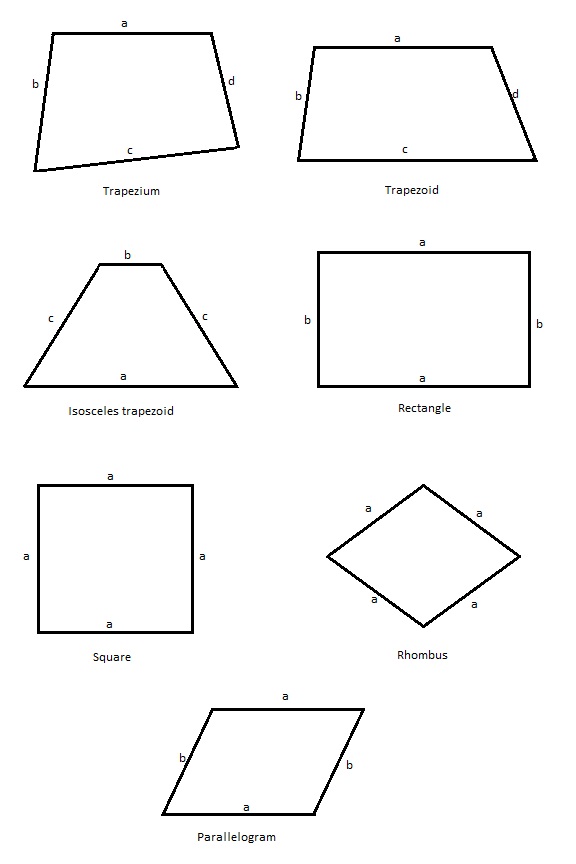Teachers' Standard 6 requires teachers to make use of formative assessment to secure pupils’ progress. The terms formative assessment and Assessment for Learning are often used interchangeably and I'm going to treat them as synonymous here.
The Assessment Reform Group (ARG) published 10 principles of Assessment for Learning (AfL) in 2002. This is a good place to begin but it's a lot of words to take in if you're just starting to think about introducing AfL strategies into your practice. Some of the 10 principles either present a general rationale for AfL (a key professional skill and central to classroom practice) or describe its place in the learning/teaching cycle (part of effective planning) or tone (sensitive and constructive, fostering motivation) or ethos (recognising the full range of achievements of all learners). For the purposes of this post I'm putting those principles to one side.
That leaves these principles:
Learners should become aware of how they are learning (as well as what they are learning).
Learners need to understand what it is they are trying to achieve and have a shared understanding of the success/assessment criteria.
Learners need information in order to plan next steps in their learning.
Learners need to develop the capacity for self-assessment (in order to become independent learners).
Here are some suggestions about how you could begin to embed these principles in your practice:
The Assessment Reform Group (ARG) published 10 principles of Assessment for Learning (AfL) in 2002. This is a good place to begin but it's a lot of words to take in if you're just starting to think about introducing AfL strategies into your practice. Some of the 10 principles either present a general rationale for AfL (a key professional skill and central to classroom practice) or describe its place in the learning/teaching cycle (part of effective planning) or tone (sensitive and constructive, fostering motivation) or ethos (recognising the full range of achievements of all learners). For the purposes of this post I'm putting those principles to one side.
That leaves these principles:
Learners should become aware of how they are learning (as well as what they are learning).
Learners need to understand what it is they are trying to achieve and have a shared understanding of the success/assessment criteria.
Learners need information in order to plan next steps in their learning.
Learners need to develop the capacity for self-assessment (in order to become independent learners).
Here are some suggestions about how you could begin to embed these principles in your practice:
I don't want to suggest that this is AfL-by-numbers. Children won't be able to just talk about the strategies they've used: you'll need to plan how to scaffold this process; they won't be able to devise success criteria until you've modelled how to do it; self- and peer-assessment will need thoughtful introduction (including familiarising children with language of constructive feedback). This is about the climate you create in your classroom. And if you can't picture a context in which the questions in the third column are commonplace, then you may need to go back to your plans and build in some space.












